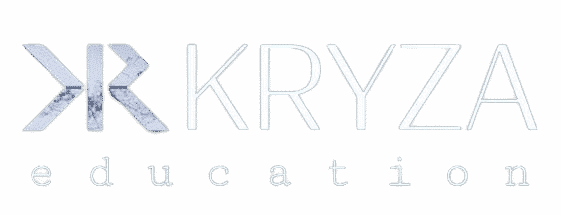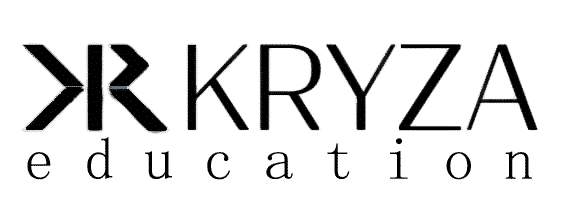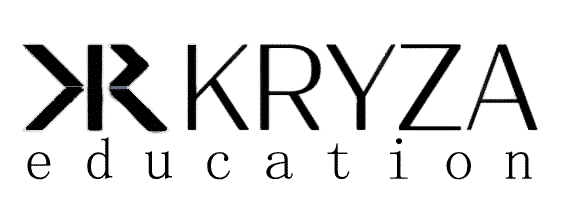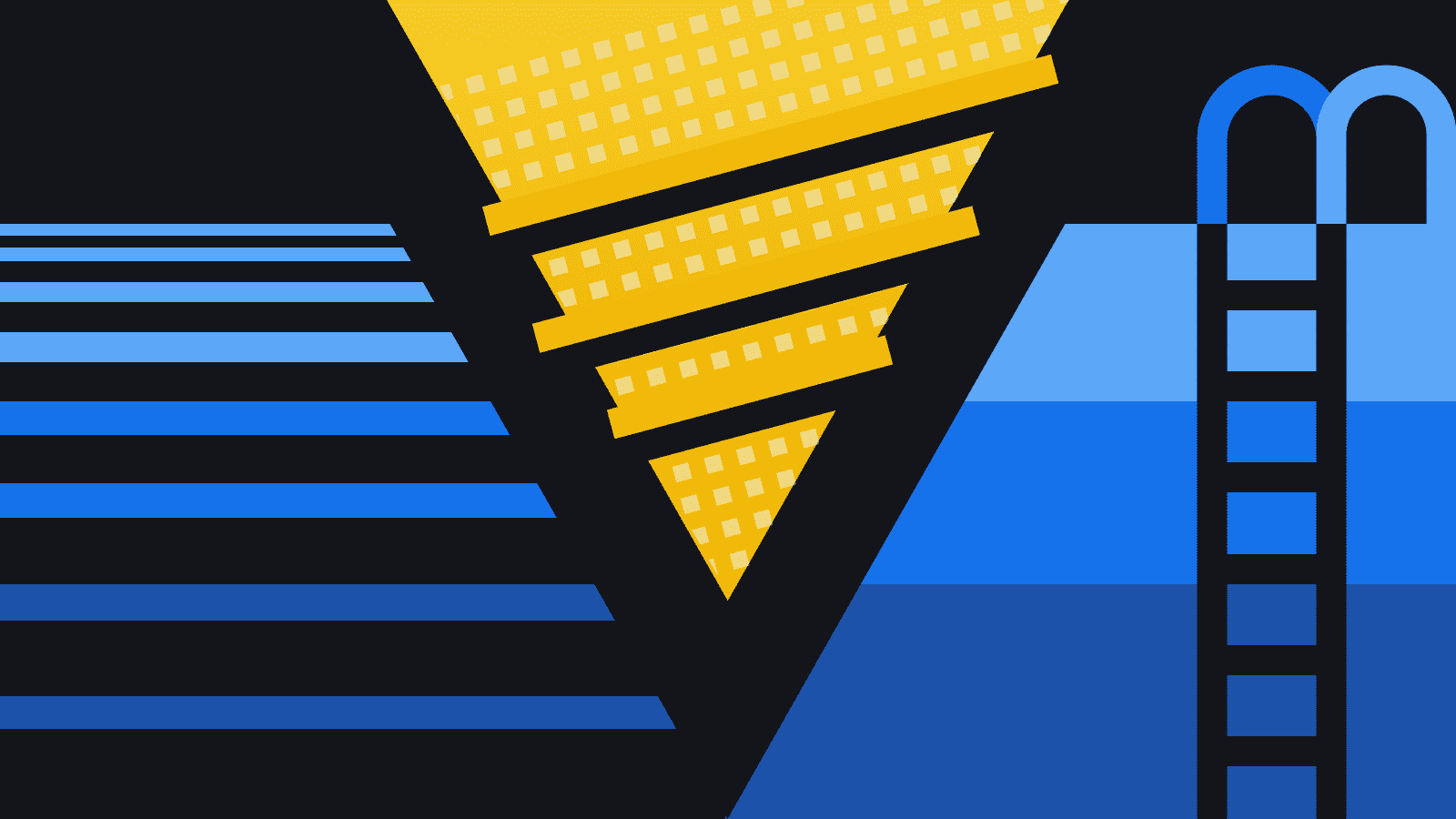What Is Layer 1 in Blockchain?
Layer 1 refers to a base network, such as Bitcoin, BNB Chain, or Ethereum, and its underlying infrastructure. Layer-1 blockchains can validate and finalize transactions without the need for another network. Making improvements to the scalability of layer-1 networks is difficult, as we’ve seen with Bitcoin. As a solution, developers create layer-2 protocols that rely […]
About Course
Layer 1 refers to a base network, such as Bitcoin, BNB Chain, or Ethereum, and its underlying infrastructure. Layer-1 blockchains can validate and finalize transactions without the need for another network. Making improvements to the scalability of layer-1 networks is difficult, as we’ve seen with Bitcoin. As a solution, developers create layer-2 protocols that rely on the layer-1 network for security and consensus. Bitcoin’s Lightning Network is one example of a layer-2 protocol. It allows users to make transactions freely before recording them into the main chain.
Course Content
What Is Layer 1 in Blockchain?
Layer 1 refers to a base network, such as Bitcoin, BNB Chain, or Ethereum, and its underlying infrastructure. Layer-1 blockchains can validate and finalize transactions without the need for another network. Making improvements to the scalability of layer-1 networks is difficult, as we’ve seen with Bitcoin. As a solution, developers create layer-2 protocols that rely on the layer-1 network for security and consensus. Bitcoin's Lightning Network is one example of a layer-2 protocol. It allows users to make transactions freely before recording them into the main chain.
-
Introduction
-
What is layer 1?
-
Layer 1 scaling
-
SegWit
-
What is layer-1 sharding?
-
Layer 1 vs. Layer 2
-
Lightning Network
Layer 1 blockchain examples
Now that we know what layer 1 is, let's look at some examples. There's a huge variety of layer-1 blockchains, and many support unique use cases. It's not all Bitcoin and Ethereum, and each network has different solutions to the blockchain technology trilemma of decentralization, security, and scalability.
-
Elrond
-
Harmony
-
Celo
-
THORChain
-
Kava
-
IoTeX
-
Closing thoughts
Student Ratings & Reviews

Related Courses

I am text block. Click edit button to change this text. Lorem ipsum dolor sit amet, consectetur adipiscing elit. Ut elit tellus, luctus nec ullamcorper matti pibus leo.
Student
- Tutorials
- Resources
- Guides
- Examples
- Docs
Teacher
- Business Strategy
- Become A Teacher
- Project Management
- Membership
- Brand Assets
Useful links
- Contact
- About Us
- Privacy Policy
- Terms & Condition
- Student spotlight
Disclaimer
Our crypto assets concerned are not considered financial instruments, electronic money, structured deposit, and the activities carried out are not considered regulated activities Cryptocurrency assets has relatively huge fluctuations in their prices. Please do judge your own investment capabilities rationally and make your investment decisions cautiously. The information and analysis contained in KRYZA sites and social sites,groups reflect the privacy of the authors and is not an investment analysis or investment advice. When making any investment decision, the suitability of the given investment can only be determined by an examination tailored to the person of the given investor, for which the author of the post does not undertake and is not suitable. Therefore, before each investment decision, find out in detail and from several sources, if necessary, consult your personal investment advisor!




